Ski and snowboard – Pre-season fitness
Time to get your fitness up and ready for the ski season!
The start of the ski season is only ever a few months! Making it always ime to start thinking about your pre-season fitness programme to get your body in tip-top condition, especially if you are heading out for a Basecamp course.
Why get fit for skiing or snowboarding?
Doing an instructor course is physically tough, and you need to be able to perform every day at a high level. Being fit and strong for your course will mean you can focus more on skill and technique development as you won’t worry so much about trying to keep up or getting tired and achy legs during the busy training schedule.
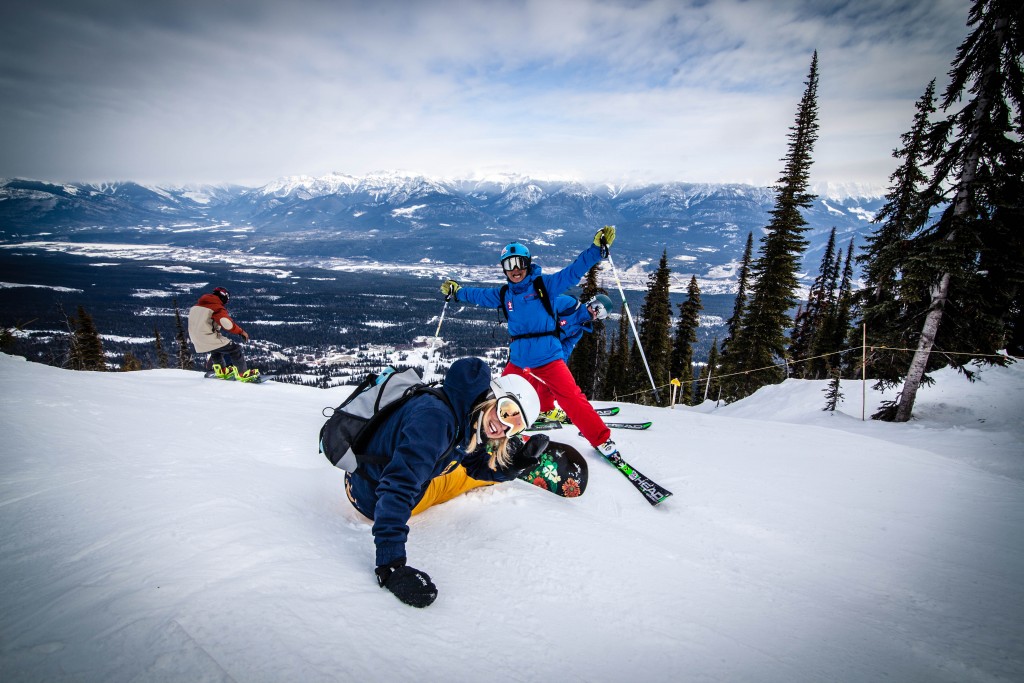
Our resident Basecamp sports scientist has come up with a simple programme that you can do at home, targeting specific muscle groups and fitness for skiing and snowboarding, with the particular demands of our courses in mind. Aim for just two or three hour-long sessions a week of a mixture of cardio and circuits for strength.
Session 1 – cardio
• Go for a bike ride. Cycling uses a lot of the same muscles in the same repeated way as skiing and snowboarding, so is a great activity to get you fitter for the mountains. Try and include some hills in your training route: uphill for a challenge and downhill for a fun adrenaline rush!
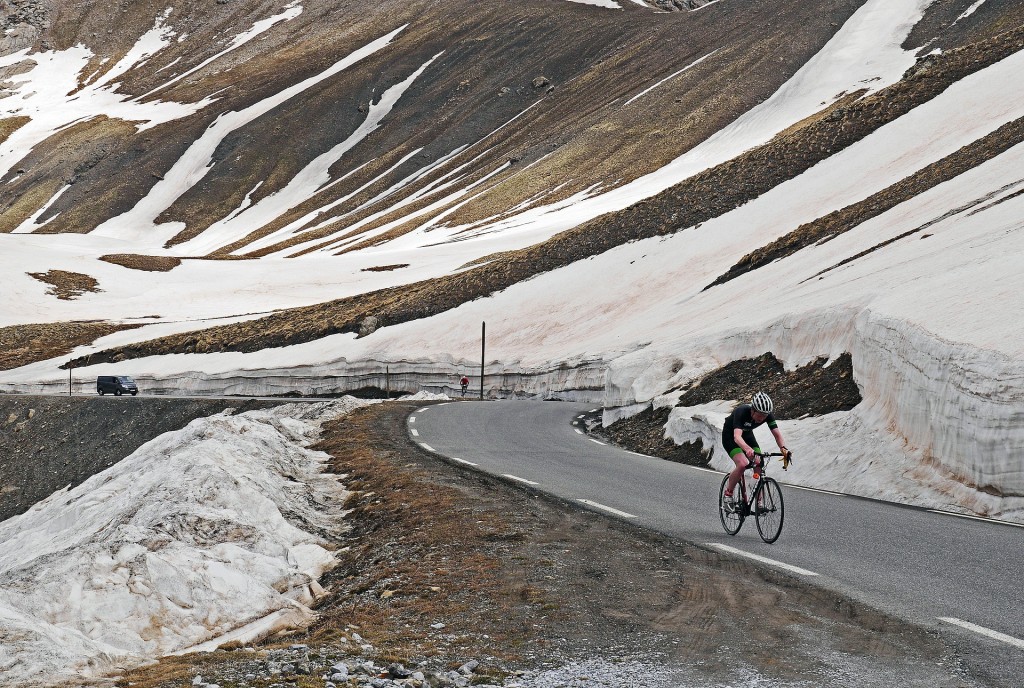
• If you prefer cycling on an exercise bike, try a high-intensity cycling interval session: 5 min steady warm up, then 10 x 30s sprints with 90s recovery between each and finish with 10 minutes steady riding again.
• Walking and running up hills is also great for your leg and bum muscles used in skiing and boarding. Try and do a hill sprint session, running as fast as you can up a hill, walking back down to recover and repeating five times within a longer walk or run.
Session 2 – strength endurance circuit
Leg strength and endurance are important to maintain a good position while skiing and boarding, to be able to produce power to turn and to better absorb any bumps in the terrain, which can help reduce the possibility of injury.
This circuit mainly works your gluteus maximus, quads, hamstrings and engages your core . Do each exercise for 20 repetitions (or 10 each leg). Repeat circuit 3 times with a small rest between sets:
• Single-leg squats – Work the same muscles as regular squats but with an added balance and core strength element. Start by sitting down on a seat and standing up using one leg. Progress to squatting without the seat but holding onto something for balance. Then go for a full single leg squat when ready.
• Wall sit – Sit against a wall, with the whole of your back in contact with the wall, a 90° angle at your hips and knees, and feet flat against the floor. Relax your arms by your side and hold this position for 30 seconds to start with, then try and build up to sets 60 s and 90 s.
• Jump squats – With your feet just wider than shoulder width, go into a low squat position as if you are sitting back on a chair, hold for a second and then explode upwards into a jump, and land with nice soft knees.
• Twisting lunges – Lunge forward to 90°, keeping your knee over your front toe and everything in line. Holding something heavy, twist at your waist to one side then the other, then push back to standing.
Session 3 – Core circuit
One of the most important areas that will improve your skiing and snowboarding is your core strength. If this is strong, it will stabilize your body and improve your balance on the mountain. It will also help your posture in general as well as helping to prevent injuries.
Core circuit repeat three times with a small rest between sets:
• Plank – Rest on your elbows in the press up position, with your body forming a straight line, shoulders to ankles. Engage your core by sucking your belly button into your spine and keeping everything tight. Hold for 30s at first, increasing this time as you improve.
• Side plank with leg raises – Turn onto your side, resting on one elbow and the other hand on your hip. Keep your body in a straight line making sure you keep your hips square and raise your top leg, 20 reps each side.
• Bicycle crunches – Lying on your back with your hands at your temples, bring your elbow to opposite knee and rotate at the waist for 10 reps each side.
• Leg raises – Lying on your back with your shoulders and back in contact with the ground, raise your legs and lower them slowly towards the ground without touching the ground. Complete 20 reps slow and controlled.
• Russian twists – Balancing on your bottom, raise your legs off the ground and twist your shoulders and arms to each side of your body for 20 reps.
• Ab crunches – Lying on your back with your feet flat on the floor and hands at your temples, crunch up from the shoulders with small, controlled movements for 20 reps.
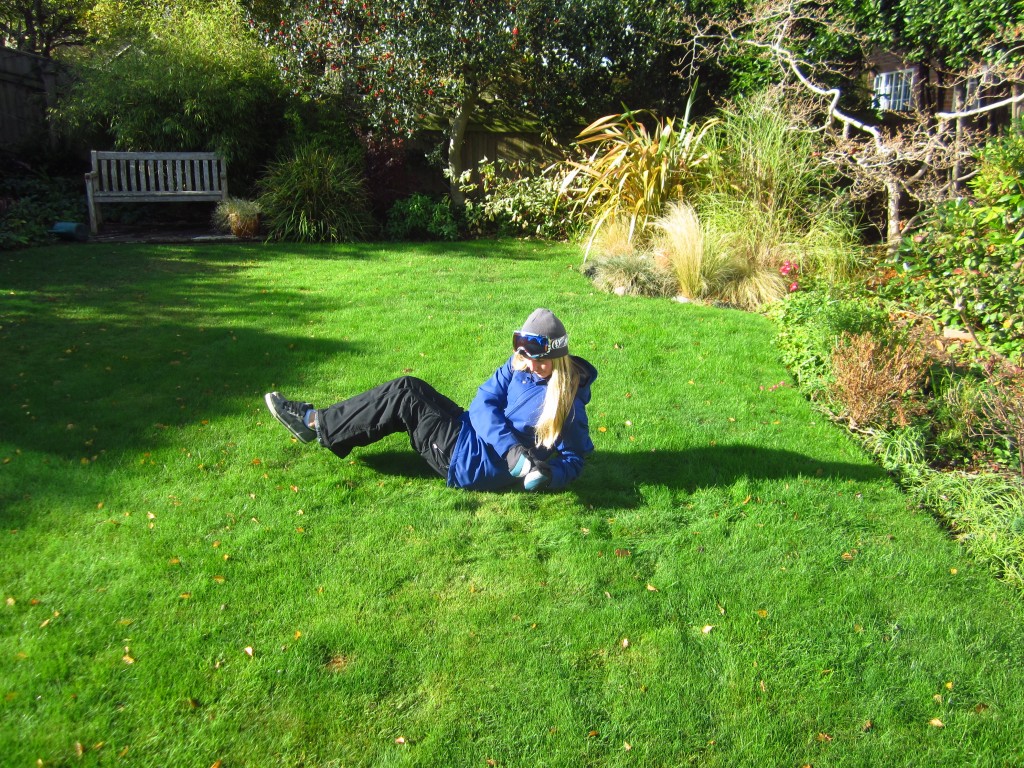
Session 4 – Flexibility programme
It is important to warm up properly before and stretch after a training session. Good flexibility helps prepare your body for any impacts/falls that may occur when you get on snow in the winter and makes you more dynamic with your range of movements. Pilates and yoga sessions are a great way of increasing your core strength and flexibility, or try some of these stretches in your own time.
Hold any static stretches for around 20-30 s in total.
• Dragon wing lunge with shoulder stretch – Alternating sides and holding in top position for count of 3.
o Stretches – hip flexors, chest, biceps, shoulders
• Yoga sequence – downward-facing dog into upward-facing dog into child’s pose
o Stretches – hamstrings, shoulders, lower back, abs/ core
• Crucifix stretch on back – both arms out to side and shoulders stay on ground. Bring one leg across body, trying to keep it straight and touch the ground as high up towards hand as possible.
o Stretches – Lower back
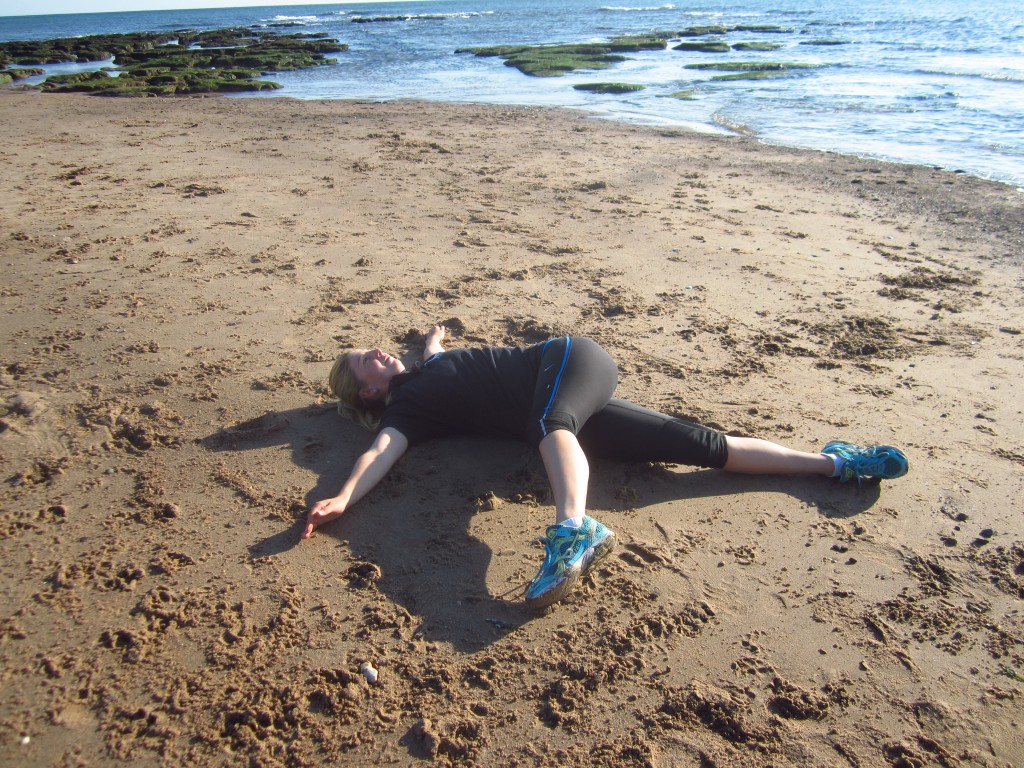
• Glut stretch – one leg straight out behind, other bent across in front of body. Chest up and facing forward. Try and bring front leg as far forward as possible to feel stretch.
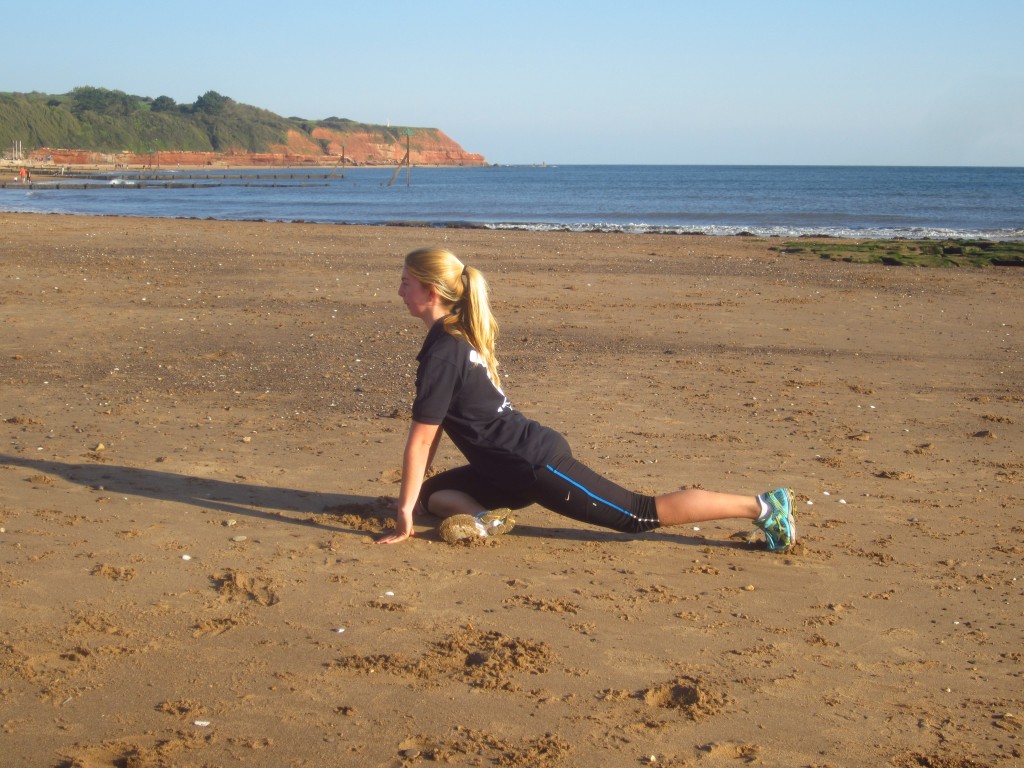
Now come and join us on an instructor course or camp this winter!

